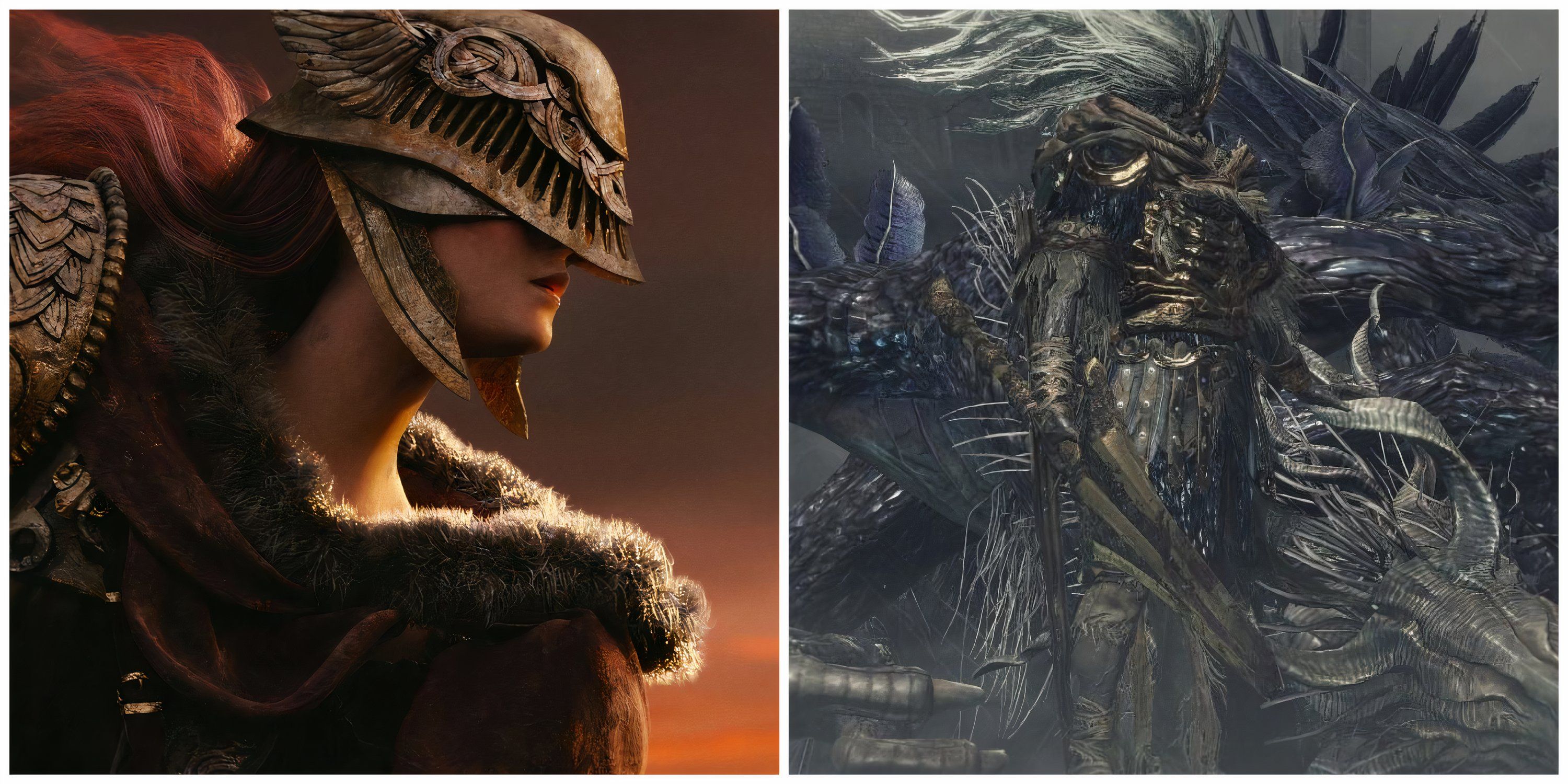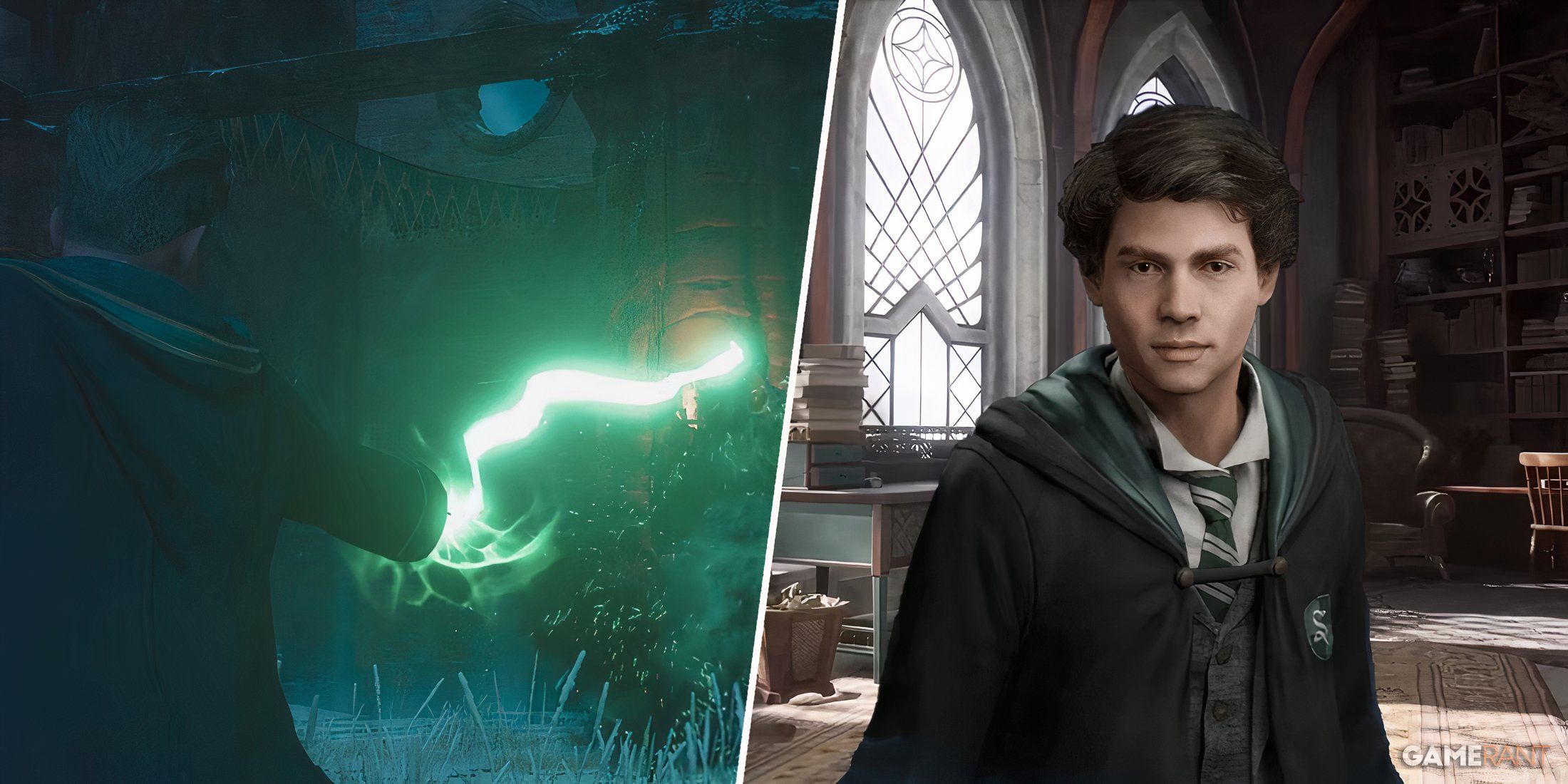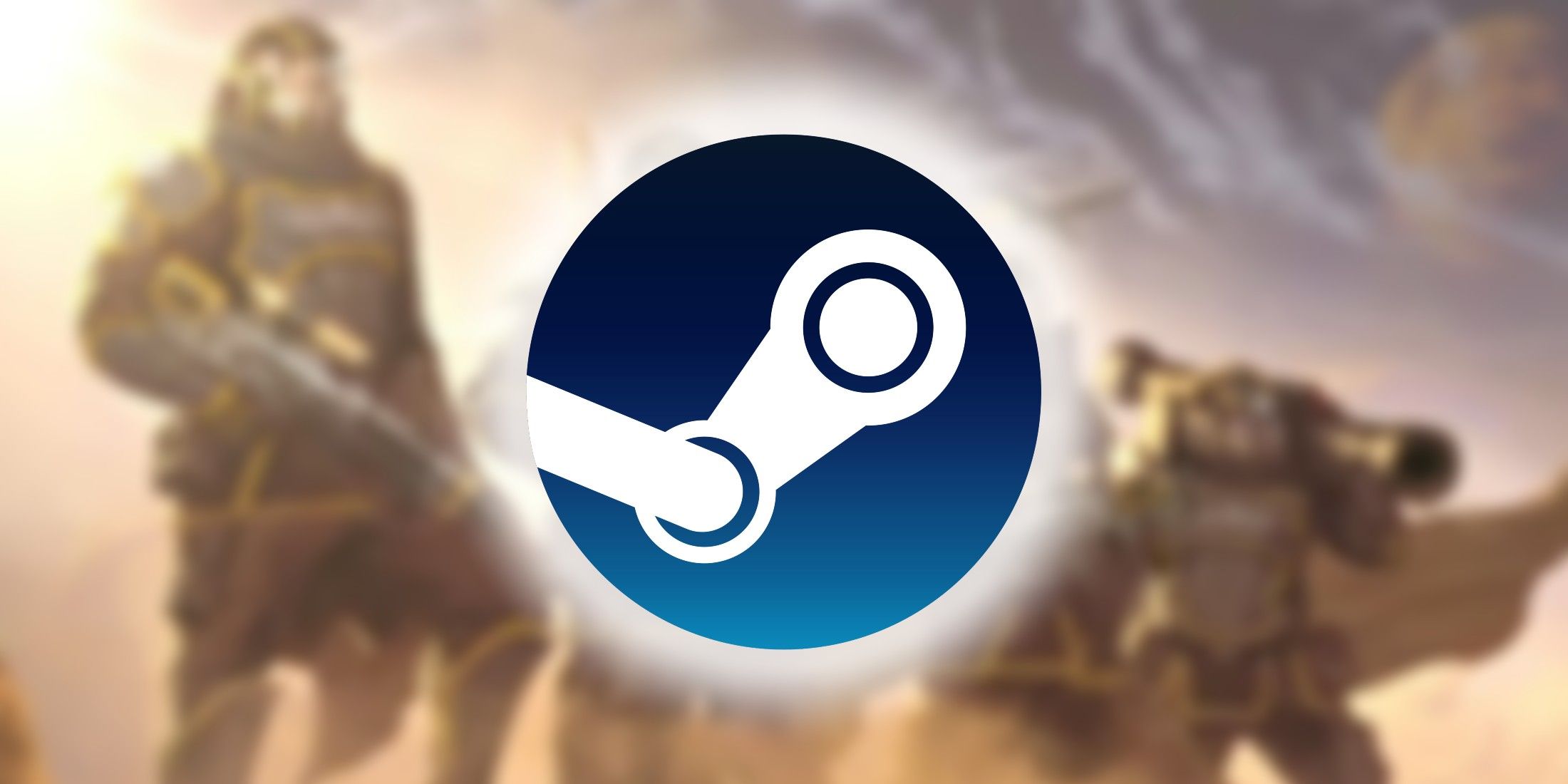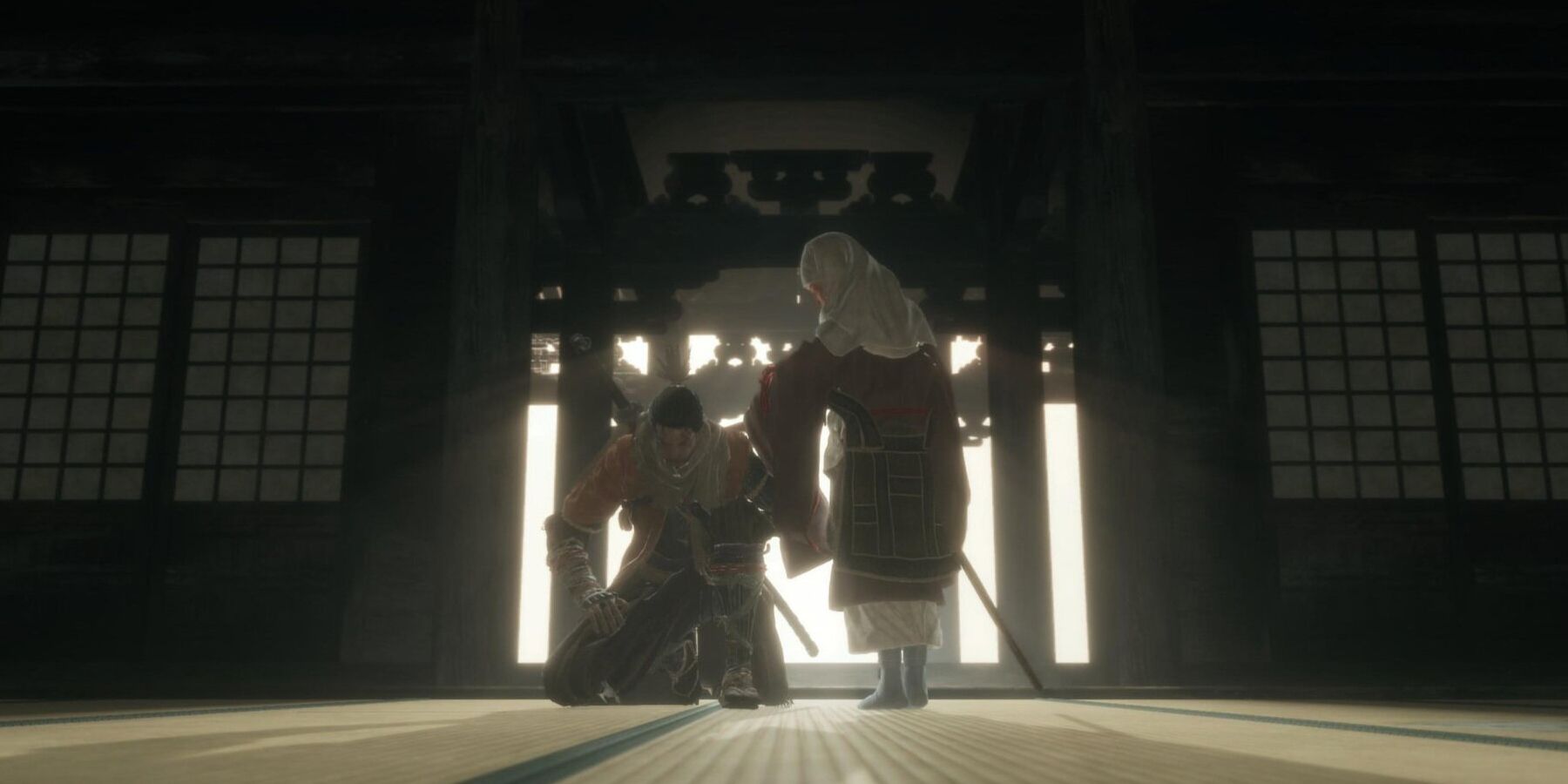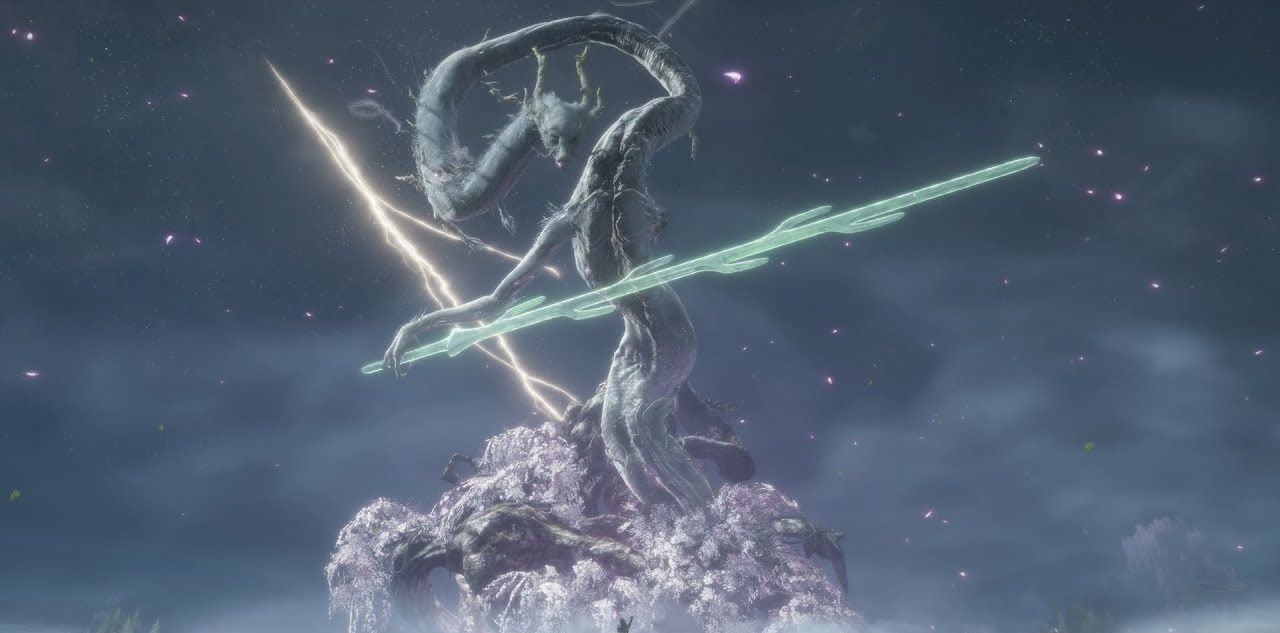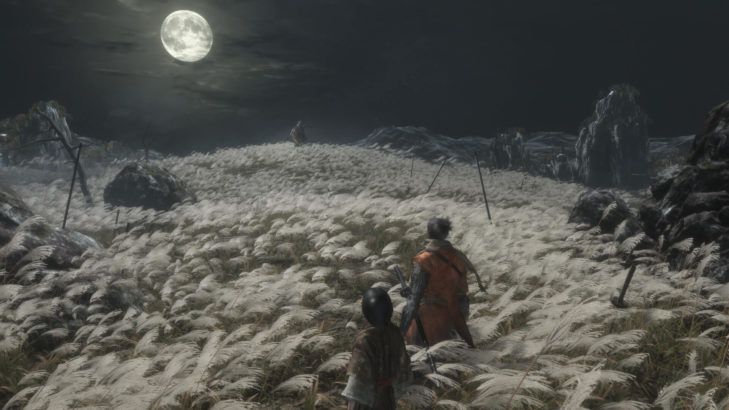While the narrative of Sekiro: Shadows Die Twice is best experienced firsthand, players can take comfort in the fact that the game's storytelling is far more explicit than Dark Souls, Bloodborne, or Elden Ring. Even so, Sekiro: Shadows Die Twice has a very grim story. Set during the Sengoku era of Japan, players take on the role of Wolf (or "Sekiro", as Isshin Ashina names him due to Wolf's missing left arm), a nameless shinobi tasked with looking after the Divine Heir, Kuro, and fulfilling his wish of severing the country from the curse of the Dragon's Heritage.
Players should keep in mind that while the game is pretty straightforward, Sekiro has four possible endings. These finales ("Shura", "Immortal Severance", "Purification", and last but not least, "Return") can be reached by completing objectives, either by slaying certain bosses, obtaining special items, or choosing specific dialogue options when conversing with Sekiro's colorful cast of characters. While each of these endings shows possible routes the series could go, it is the "Return" ending that shows the most promise when it comes to a possible sequel. Take note that this article is very spoiler heavy, as it delves into all four of Sekiro's endings.
Multiple Endings, Multiple Paths
The first and quickest way to complete Sekiro is to go for the "Shura" ending. Before the game's third act at the Fountainhead Palace can even begin, players can forsake Kuro and choose to side with their foster father, Owl. Doing so will lead to a series of fights between Emma, the gentle blade, and a still-alive Isshin Ashina. If victorious, Wolf loses himself to his bloodlust and becomes the demi-god Shura. This is by far the bleakest ending of Sekiro, as Wolf's rejection of friends and family for the thrill of combat doesn't allow for much storytelling afterward.
The second and most straightforward Sekiro ending is "Immortal Severance". Players need to follow the main story and Kuro's instructions to the letter to get this ending. Doing so will allow them to give Kuro the Divine Dragon's Tears they picked up after defeating the Divine Dragon at the Fountainhead Palace. At the end of this particular ending, Kuro asks Wolf to kill him and end the curse of immortality bestowed upon him by the Divine Heir's bloodline.
Wolf obliges and returns to the Dilapidated Temple after killing his master. He takes the place of the Sculptor and makes Buddha carvings while waiting for another shinobi who needs help to come along. While this ending hints at a constantly repeating cycle of ward, shinobi, and sculptor, Wolf himself looks to be too weary for another adventure. Considering most players would want to see more of Wolf's adventures, it's highly unlikely that this ending would be the one to spawn a sequel.
The third ending is "Purification". With Emma's help and guidance, players can sever Kuro's ties to immortality by confronting the memory of Wolf's foster father, Owl in Hirata Estate and obtaining the Aromatic Flower (which is a piece of the Everblossom found from the Divine Realm). Combining the Aromatic Flower with the Divine Dragon's Tears allows Wolf to free Kuro from the Divine Heir's bloodline, but not without sacrificing himself in the process. In the end, Kuro looks over Wolf's grave with Emma as he begins his life as a mortal man.
The "Return" ending, considered by many to be the "true" ending to Sekiro, tasks players with following multiple time-sensitive steps to attain it. This requires interacting with the Divine Child of Rejuvenation, another character in the game who tasks gamers with retrieving two serpent viscera. Giving them to her will prompt her to eat said serpent hearts and allow her to take in the Divine Heir and prevent his bloodline from spreading throughout Japan. Once the final boss is beaten, the Divine Child takes Kuro into herself (apparently becoming pregnant in the process) and begins a journey with Wolf to return the Divine Dragon to its homeland in the west.
"Return" Shows A Future With Promise
The "Return" ending shows the most potential for a sequel for several reasons. First of all, this is the only ending where none of the main protagonists really die. Since Kuro was absorbed into the now pregnant Divine Child, there is a possibility that he may be reborn again sometime during their journey to the west. This could mean that Wolf would have to look after both the Divine Child and Kuro in the sequel as they fulfill their goal. Considering Wolf is still immortal and in peak fighting form, this allows combat and the "second chance" mechanics of the first Sekiro game to be fine-tuned and further improved.
It is heavily hinted that the Divine Dragon originated in an Asian country west of Japan, so having Sekiro 2 be set somewhere in China or Korea would allow FromSoftware to build upon the world it created while taking players to a brand-new country. This new setting could give the developer multiple avenues to flex its level design prowess, enemy and boss encounters, and of course, its storytelling abilities. From Software is still riding on the success of Elden Ring, but if it ever gets the chance to make it, the potential for a Sekiro: Shadows Die Twice sequel is already there.
Sekiro: Shadows Die Twice is out now for PC, PS4, Stadia, and Xbox One.

